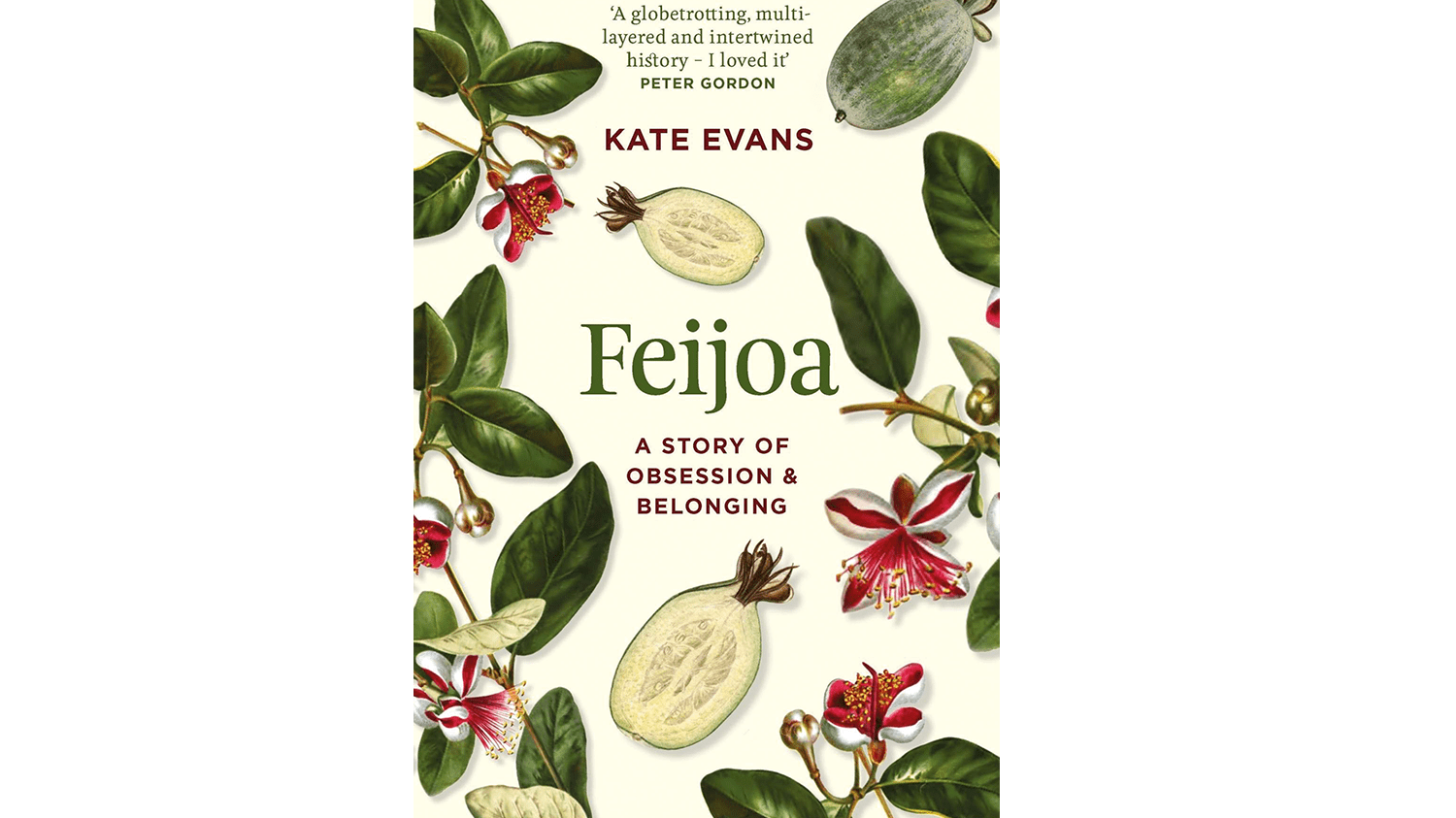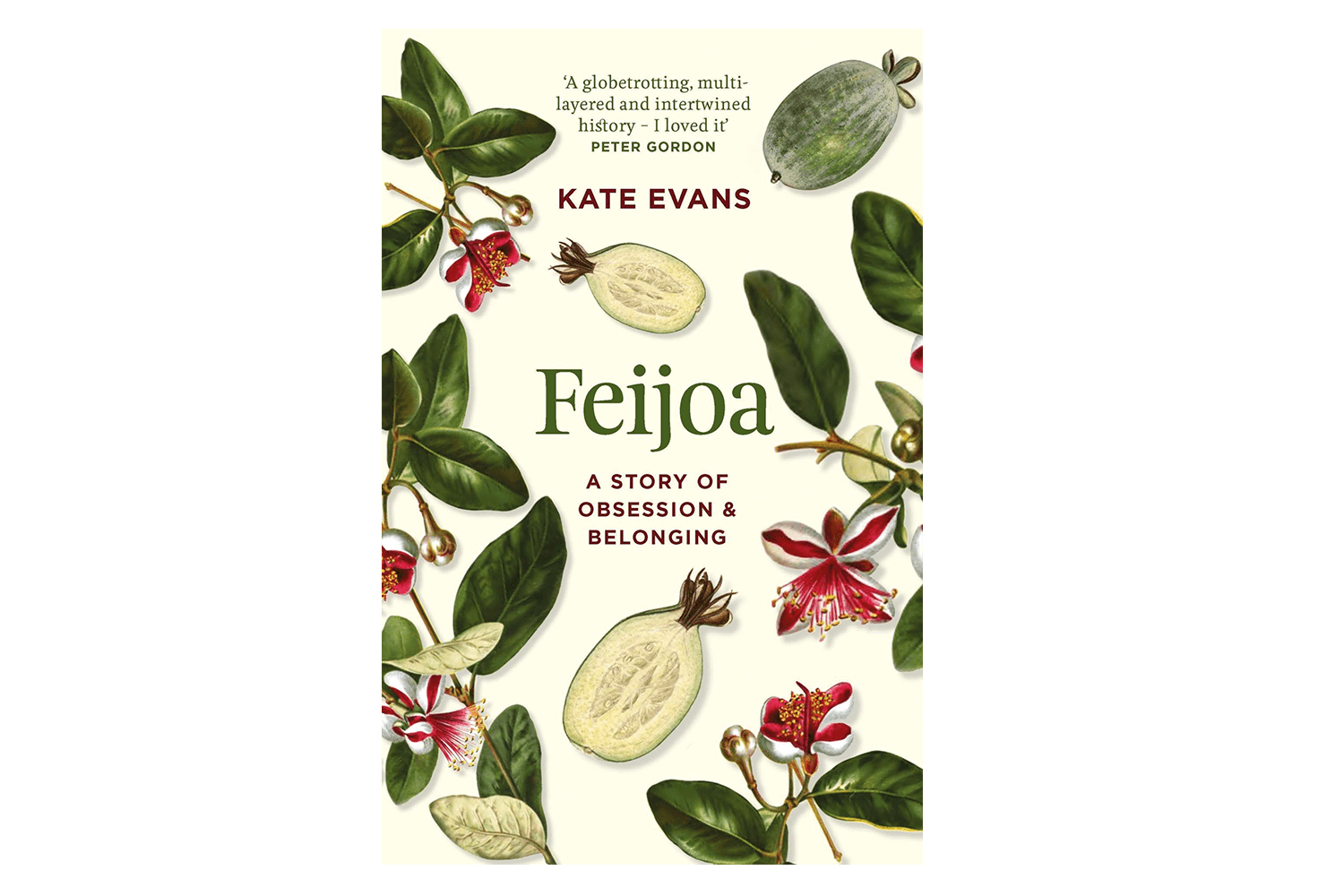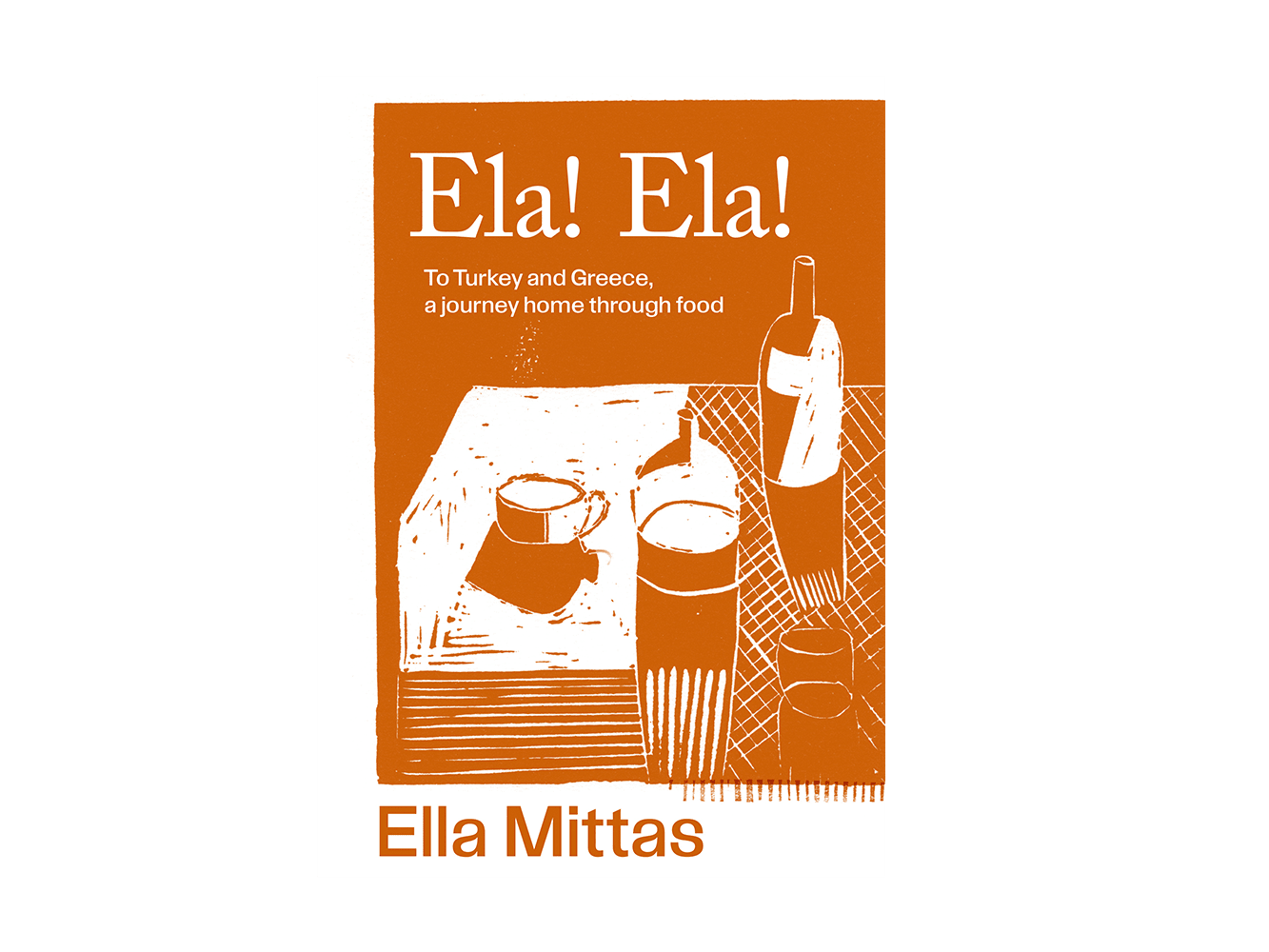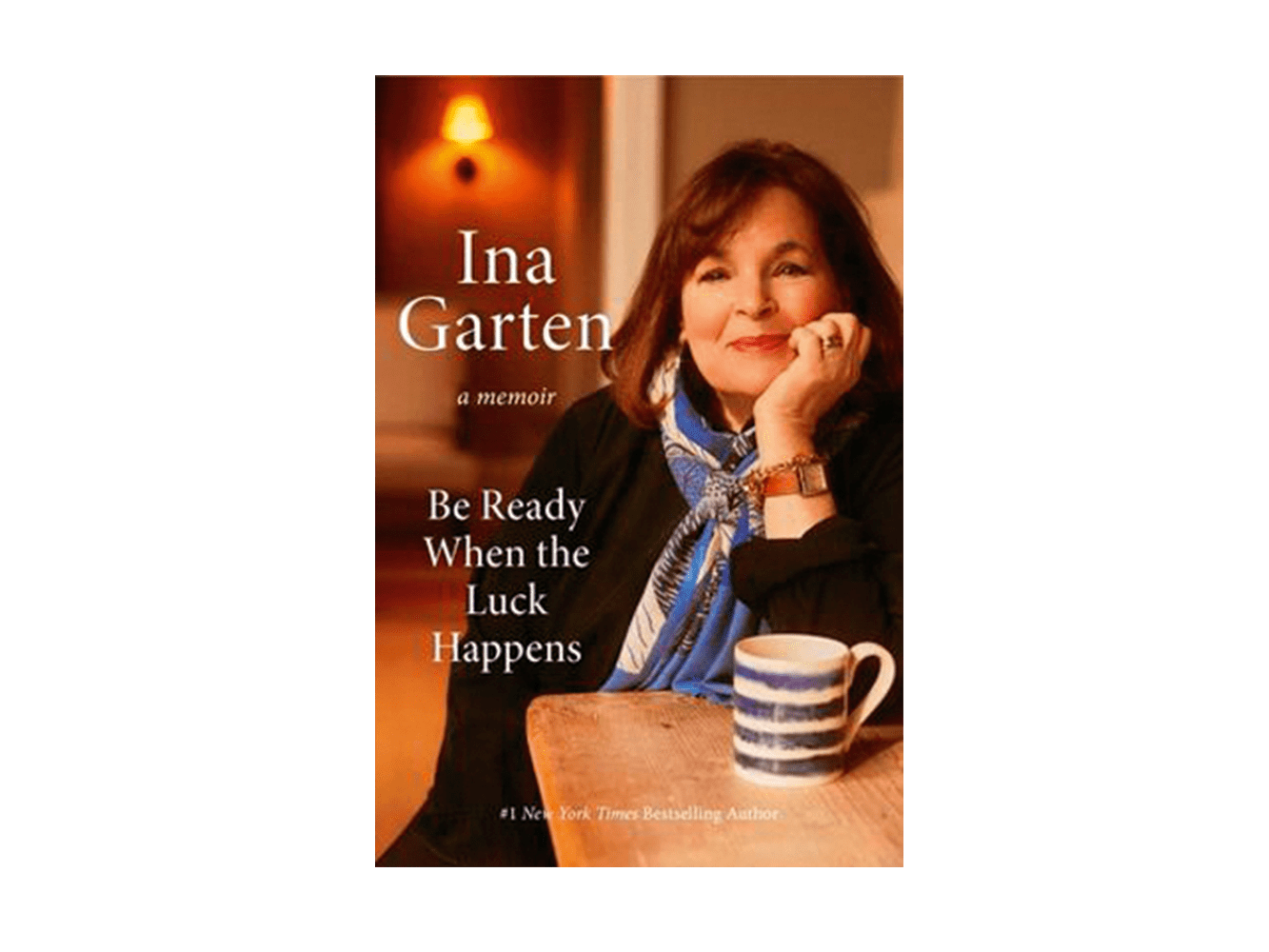We all have our own feijoa origin stories: where we first tasted them, whether it was an instant love or perhaps a not-so-muted disgust. For Raglan-based award-winning journalist Kate Evans, feijoas have been an obsession. An unquenchable desire to know their origins and evolution have come to fruition in a decade-long research project and personal travel journey connecting multiple strands. It reminds me of Mark Kurlansky’s Cod: like in that book, it becomes clear that colonisation, the rapacious drive for economic growth, slavery and genocide have their part to play in how a native of South America became the ‘people’s fruit’ of Aotearoa. For all that, this is a joyful read and Kate is a terrific writer. Through her eyes we trace the story of early naturalists Friedrich Sellow and João da Silva Feijó, for whom the feijoa is named. We romp through the French Riviera as she hunts down the first European plantings, onto California where it was introduced as ‘the fruit of the century’ and to Colombia famous not only for its feijoa festival but a rather special area where the microclimate allows the fruit to grow all year round. In Aotearoa the fruit has taken only just over a century to become ingrained and beloved by the nation. To paraphrase Kate, culture is created, in part, from chance collisions and borrowings from a mix of what we carry with us and what we find when we get there. Try to read this book with some feijoas to hand. To satisfy an irresistible need to eat some, I pulled one of the last bags of homegrown feijoas from the freezer and proceeded to make a shortcake. Ginny Grant






